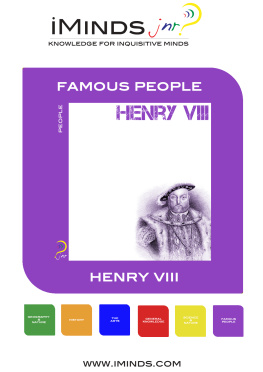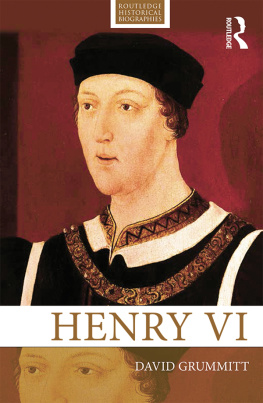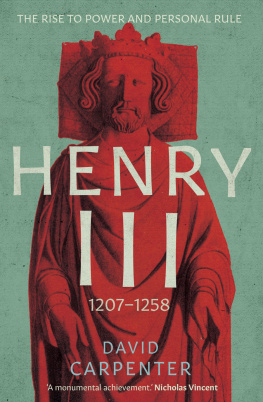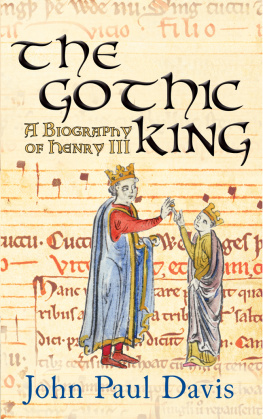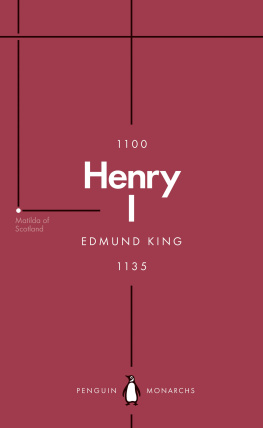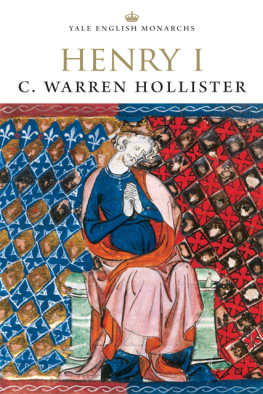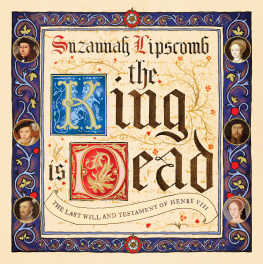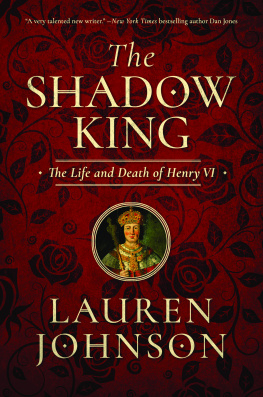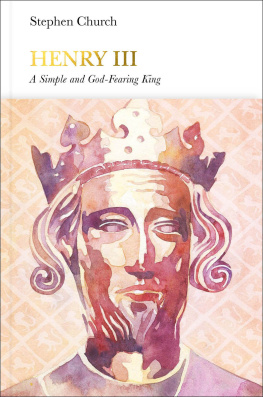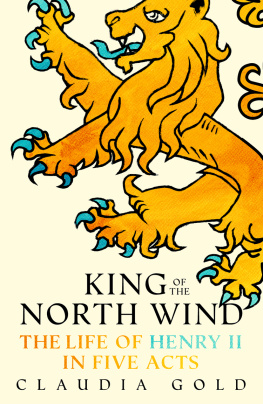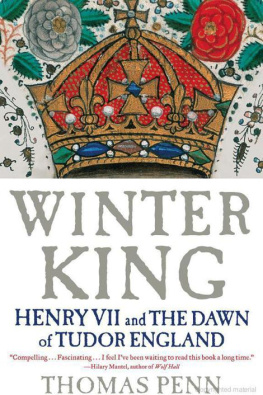Penguin Monarchs
THE HOUSES OF WESSEX AND DENMARK
| Athelstan | Tom Holland |
| Aethelred the Unready | Richard Abels |
| Cnut | Ryan Lavelle |
| Edward the Confessor | James Campbell |
THE HOUSES OF NORMANDY, BLOIS AND ANJOU
| William I | Marc Morris |
| William II | John Gillingham |
| Henry I | Edmund King |
| Stephen | Carl Watkins |
| Henry II | Richard Barber |
| Richard I | Thomas Asbridge |
| John | Nicholas Vincent |
THE HOUSE OF PLANTAGENET
| Henry III | Stephen Church |
| Edward I | Andy King |
| Edward II | Christopher Given-Wilson |
| Edward III | Jonathan Sumption |
| Richard II | Laura Ashe |
THE HOUSES OF LANCASTER AND YORK
| Henry IV | Catherine Nall |
| Henry V | Anne Curry |
| Henry VI | James Ross |
| Edward IV | A. J. Pollard |
| Edward V | Thomas Penn |
| Richard III | Rosemary Horrox |
THE HOUSE OF TUDOR
| Henry VII | Sean Cunningham |
| Henry VIII | John Guy |
| Edward VI | Stephen Alford |
| Mary I | John Edwards |
| Elizabeth I | Helen Castor |
THE HOUSE OF STUART
| James I | Thomas Cogswell |
| Charles I | Mark Kishlansky |
| [Cromwell | David Horspool] |
| Charles II | Clare Jackson |
| James II | David Womersley |
| William III & Mary II | Jonathan Keates |
| Anne | Richard Hewlings |
THE HOUSE OF HANOVER
| George I | Tim Blanning |
| George II | Norman Davies |
| George III | Amanda Foreman |
| George IV | Stella Tillyard |
| William IV | Roger Knight |
| Victoria | Jane Ridley |
THE HOUSES OF SAXE-COBURG & GOTHA AND WINDSOR
| Edward VII | Richard Davenport-Hines |
| George V | David Cannadine |
| Edward VIII | Piers Brendon |
| George VI | Philip Ziegler |
| Elizabeth II | Douglas Hurd |
Stephen Church
HENRY III
A Simple and God-Fearing King
Henry III
ALLEN LANE
UK | USA | Canada | Ireland | Australia
India | New Zealand | South Africa
Penguin Books is part of the Penguin Random House group of companies whose addresses can be found at global.penguinrandomhouse.com
First published 2017
Copyright Stephen Church, 2017
The moral right of the author has been asserted
Cover design by Pentagram
Cover art by Marcel George
ISBN: 978-0-141-97800-0
For Sam as he embarks on his journey
A Note on Statutes
Key pieces of thirteenth-century legal provision are often called statutes in the literature and they were granted by the king. The kings justices thereafter might improve on the laws, but they could not change them. The king himself likewise might move the law forward, but could not go against the law. Statutes were thus law which transcended the individual person of the king to become embedded in the fabric of English justice and society and they date from the reign of Henry III. They therefore mark a radical departure from what had gone before.
| 1225 | Magna Carta and the Charter of the Forest. These two charters were reissued six times in the thirteenth century (1235, 1237, 1253, 1265, 1297 and, finally, in 1300), a good reminder of how hard it was in practice to restrict the actions of medieval English kings, no matter what the theory |
| 1236 | Provisions of Merton |
| 1258 | Provisions of Oxford |
| 1259 | Provisions of Westminster |
| 1266 | Dictum of Kenilworth |
| 1267 | Statute of Marlborough (which incorporated most of the content of the Provisions of Westminster and added a further eight and a half new chapters) |
The great bulk of the law of England was, however, unenacted; it was customary law.
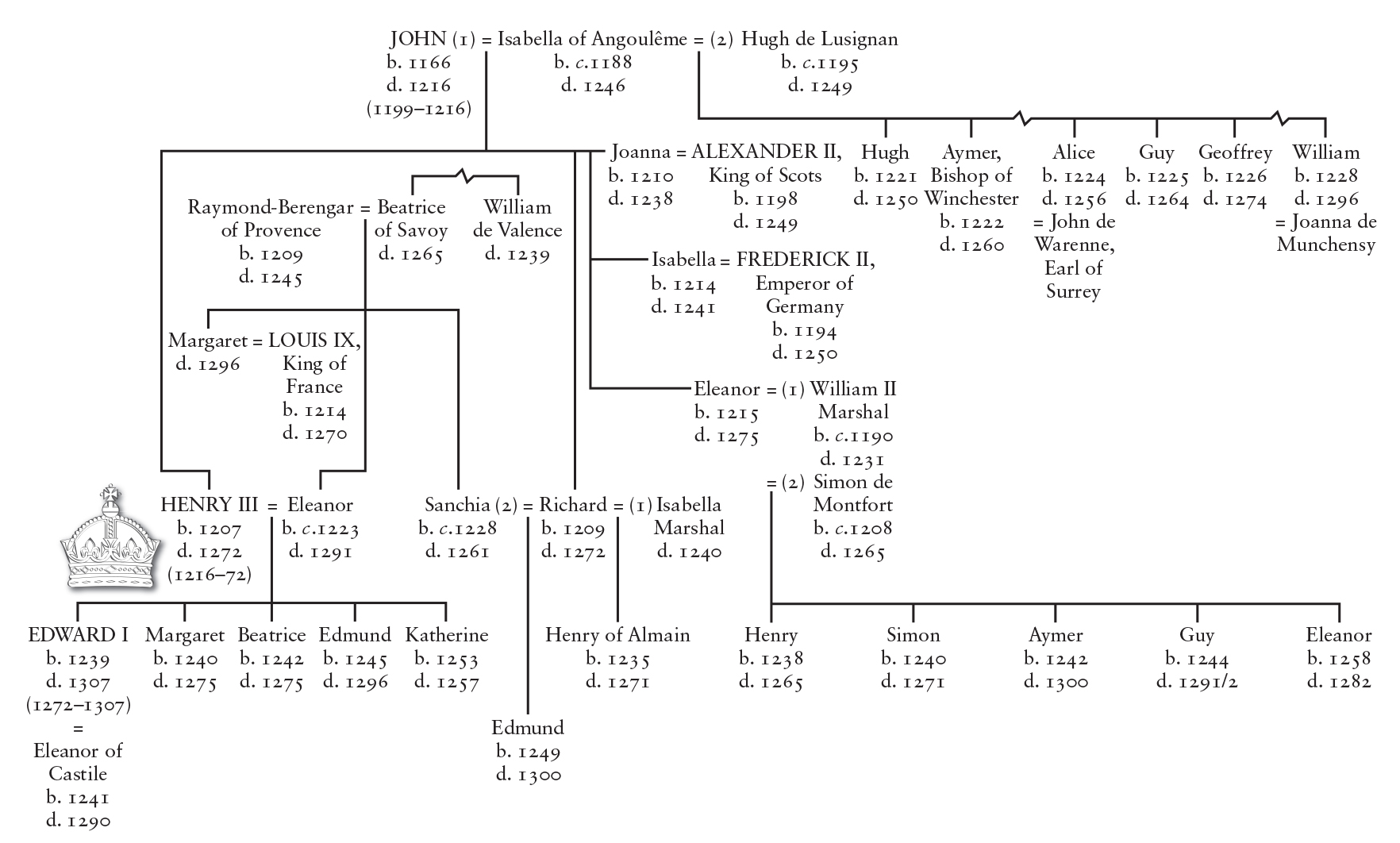
Henry III was the first King of England since Harold Godwinson (d. 1066) to be raised exclusively in the kingdom. All his immediate predecessors had enjoyed a period of their lives as continental princes, and although Henry claimed to be the Duke of Normandy, the Count of Anjou and the Duke of Aquitaine, these titles were relics of an earlier age. Henry had been born into the midst of crisis, at Winchester on 1 October 1207, when his father, King John, was embroiled in a battle with Pope Innocent III over the appointment to the archbishopric of Canterbury. King John had, moreover, already lost those continental lands to which his and Henrys titles called attention, and he was attempting to get them back. That John eventually failed in this task that he had set for himself directly brought about the calamity that led to the granting of the terms enshrined in Magna Carta. The Magna Carta crisis resulted in civil war and then a French invasion. It was during this assault on the kingdom that John died and Henry was catapulted into centre stage aged just nine.
INHERITANCE
As he lay on his deathbed, King John knew that he had left to his son an uncertain future. In his last testament, probably composed on the night that he died, 18 October 1216, John asked his executors to provide support for my sons towards obtaining and defending their inheritance. In 1213, King John had resigned his kingdoms of England and Ireland into papal hands to receive them back again as papal fiefs. Honorius III was, therefore, entirely the right person to be Henry IIIs legal guardian.
The men who were to ensure the succession of Johns nine-year-old son were led by the papal legate, Cardinal Guala. It was he who was the principal officiant at the coronation service that Henry underwent at Gloucester Abbey on 28 October 1216. The event was unprecedented and its extraordinary nature can be gauged by comparing it to how a coronation should have been conducted. To begin with, Westminster Abbey had established itself as the coronation church of the English kings. It had enjoyed this status since 1066 and the Abbot of Westminster in But Honorius III had given Guala the plenitude of papal power to act as he thought right for the king and his kingdom. Prior Walter had been firmly put in his place.


